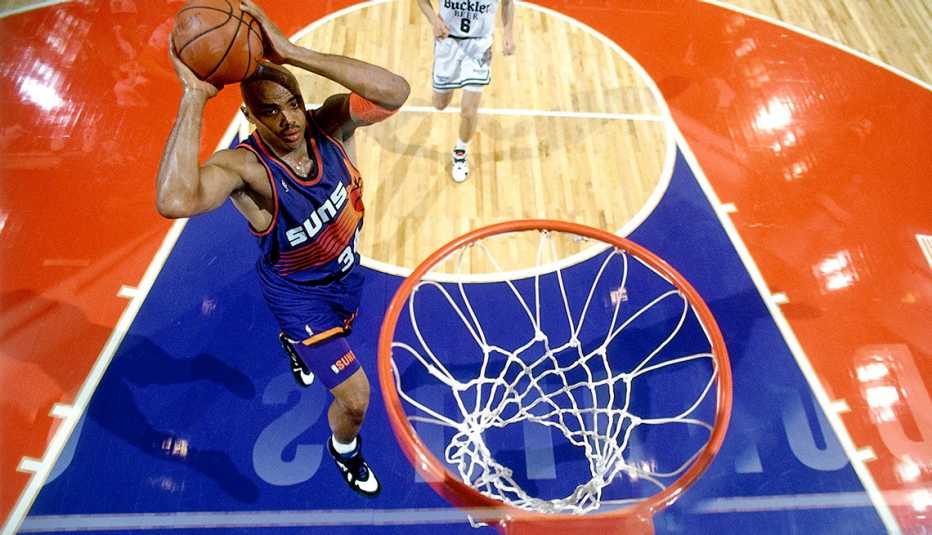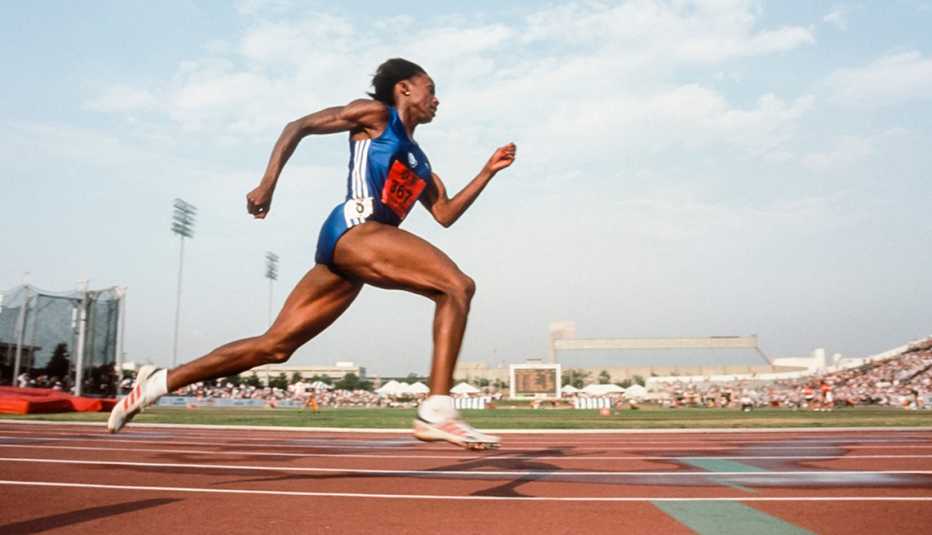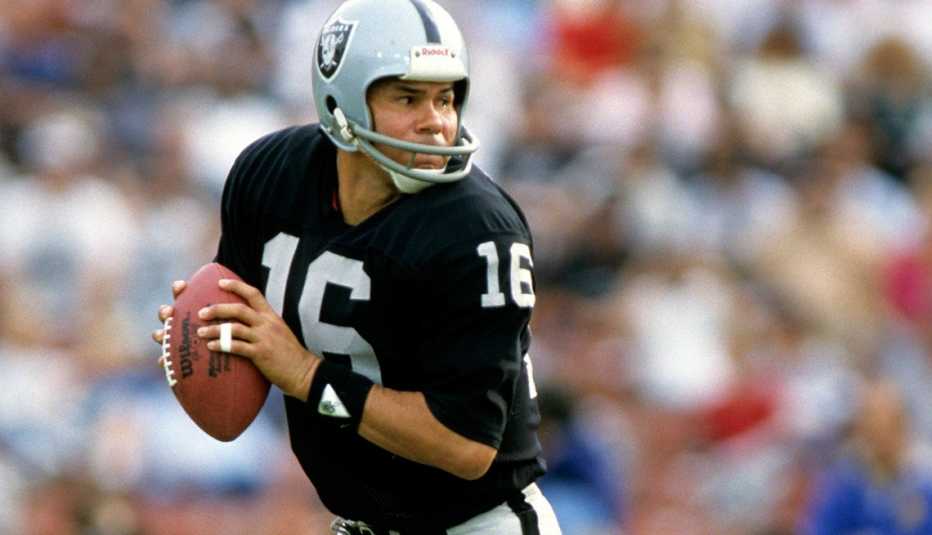AARP Hearing Center


Charles Barkley
The Coach: Wallace Honeycutt
Best Advice: Have a plan B.
Mr. Honeycutt was my junior high coach in Alabama. This was an incredible man — he cared about us as individuals, and every weekend, including during the summer, drove an hour to school, just to keep us kids out of trouble. Naturally, he was not paid to do that. We had great teams, and the bigger schools would try to grab him. He never went. He was content to work with his boys, to see them come back as men.
His message to me because I had talent, was: “You’re going to be successful — I’m not worried about you.” But what stuck with me was his message to less talented players — that they would have to one day get real jobs, that life was not merely about jump shots and layups. We fret about the top 1 percent, but we shouldn’t be worried about the LeBron Jameses. We should be worried about the kids who won’t turn pro and aren’t getting a college education. The culture eats these kids up. Mr. Honeycutt taught me that lesson, and I try to share it with new generations of young basketball players, who may or may not realize their on-court dreams.


Dorothy Hamill
The Coach: Gustave Lussi
Best Advice: Never compromise your standards.
I met Gustave Lussi when I was 12. He was old-school European, very manners oriented. Details were important: He wanted my laces clean and skate boots polished. With some skating positions, he would say to me, “Imagine you are a lady.’’
He wanted me confident and deliberate, to do things with purpose and meaning. He taught me about striving for the highest standards of achievement while maintaining class. He said, “If I ask you to jump out of a window, I want you standing straight up with your feet turned out and pointed.”
Gustave also wanted me to pursue perfection, even if attaining it was impossible. “When you start something, finish it, and finish it the best way possible,” he said.


Jack Nicklaus
The Coach: Bob Kepler
Best Advice: Take advantage of every opportunity.
I was blessed to have three coaches, including my father — Charlie Nicklaus — and Jack Grout. But it was Bob Kepler, my coach at Ohio State University, who taught me to seize opportunities. I met him when I was about 12, and at 16 was scheduled to play in the Ohio Open in Marietta, which Kep was running.
But I also had an incredible offer to play an exhibition game with the great Sam Snead at the same time at Urbana [Ohio] Country Club, 200 miles away. Kep told me I couldn’t miss it. And I wondered how I could pull it off. I didn’t have to wonder because he knew how important these games were to my career. He arranged for an early tee time at the Ohio Open. After my Saturday morning round, they sent a tiny plane to fly me to Urbana. Following the exhibition, I flew back to Marietta all excited, remembering Sam’s pretty swing. I shot 64 and 72 — and I won the Ohio Open.
Once I joined his team at Ohio State, Kep made sure it wasn’t always about golf. He might look at the weather and say, “Hey, Nick, it’s too nice to play golf. Why don’t we get your teammates and go fishin’?” But he helped me figure out what was important.
When I made the Walker Cup team, as a sophomore, I was nervous about what Kep would say, given my commitments to the college team. He took it right out of my hands. “You’re not going to school,” he said. “You’re going to prepare for the Walker Cup. This is a once-in-a-lifetime opportunity.”
How many college golf coaches would say that today? Zero.


Martina Navratilova
The Coach: Sandra Haynie
Best Advice: Let go of mistakes, and stay focused on the next shot.
Sandra Haynie was my “life” coach, a professional athlete and my partner for three years near the start of my career. She was also a Hall of Fame golfer who understood that you need to stay positive in life. In sports, it means letting go of bad shots. In life, it means letting go of mistakes.
She didn’t know tennis, but she knew I was beating myself on the court at age 19. I was getting upset — a lot. Whether it was a bad shot or a bad call, not only would I lose that point, but I’d end up losing the game, set or sometimes the match. She would ask me why I lost. I would say I had three bad line calls by refs. She said, “It’s not like you get an asterisk next to the result that says that. You are beating yourself.”
I needed more self-control because with tennis, you must forget your mistakes: The next point is 20 seconds later. You cannot linger. It was great counsel that no one had ever given me because when I defected from Czechoslovakia at 18, I was on my own. When Sandra told me that, it was as if a light switch had flipped.


Jim Plunkett
The Coach: Al Cementina
Best Advice: Go that extra mile on and off the field.
Coach Cementina pushed me hard when I played for him at James Lick High in San Jose, California. It’s almost like he forced me to achieve: “Doggone it, Jim, this is what you have to do — now go out and do it.”
During a championship game in high school, we struggled in the first half. Coach jumped all over me at halftime: “Jim, you can’t let your teammates down!” It was even more harsh than that. But I got ticked off in a good way. Instead of dwelling on his rant, I told myself, I’d better damn well play better. And I had help. My teammates — many of them Hispanic, like me — were feisty and hard-nosed. We were a reflection of our coach. We rebounded and won.
He made me go that extra mile off the field, too. Summers, I worked construction. Some days I was so tired, but Coach got me out there no matter what. He taught me about sacrifice and compassion. When it was all said and done, he would put his arm around me and say, “Damn good job” — and my motto became “I won’t be denied.”


Jackie Joyner-Kersee
The Coach: Nino Fennoy
Best Advice: Make a commitment, and stick with it.
Nino Fennoy was my track and field coach from elementary school through high school, but it was while I was in college that he taught me some wisdom for the ages. I was on scholarship at UCLA, this 17-year-old girl from East St. Louis, Illinois. I became very homesick my freshman year.
But I didn’t want my mother, Mary, who was my best friend, to know. So I just kept it all to myself. And then I unexpectedly received a call telling me to come home. Mom had become extremely ill. I raced home, and she quickly lapsed into a coma from a bacterial infection and passed away.
Those were some very dark days.
I started having some technical issues with my favorite event, the long jump. Then I was diagnosed with asthma, a tough condition for a track and field athlete. I feared that my athletic career was in jeopardy — it seemed like the end of the world to me.
When I called and told all of this to Coach Fennoy, he did not say, “Don’t quit.” But he did stress that I went to school for an education, too, that it wasn’t just about sports. I was thinking one-dimensionally; he saw the bigger picture. I quickly resolved the issues with my long jump. I was on my way.
Coach gave me a profound lesson: that sometimes things are not going to go the way you want. Had I given up at that point, I always would’ve taken the easy way out. But once you have obligated yourself to do something, see it through. In the end, Coach Fennoy taught his struggling young track and field star not to flee from difficulties in life but to sprint toward them.


































































More on Entertainment
Age Is but a Number. Just Ask These Stars
Getting older, they say, is fascinating and fulfilling